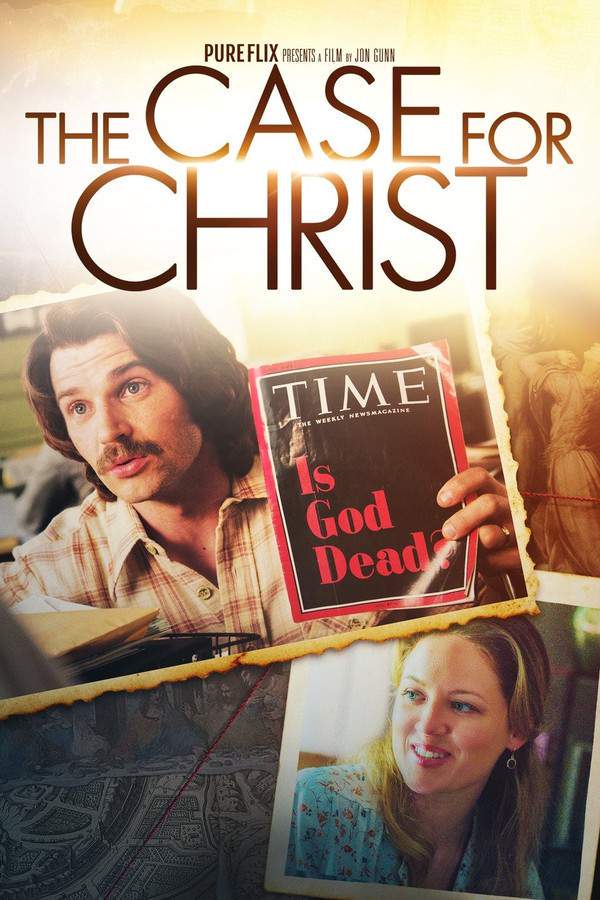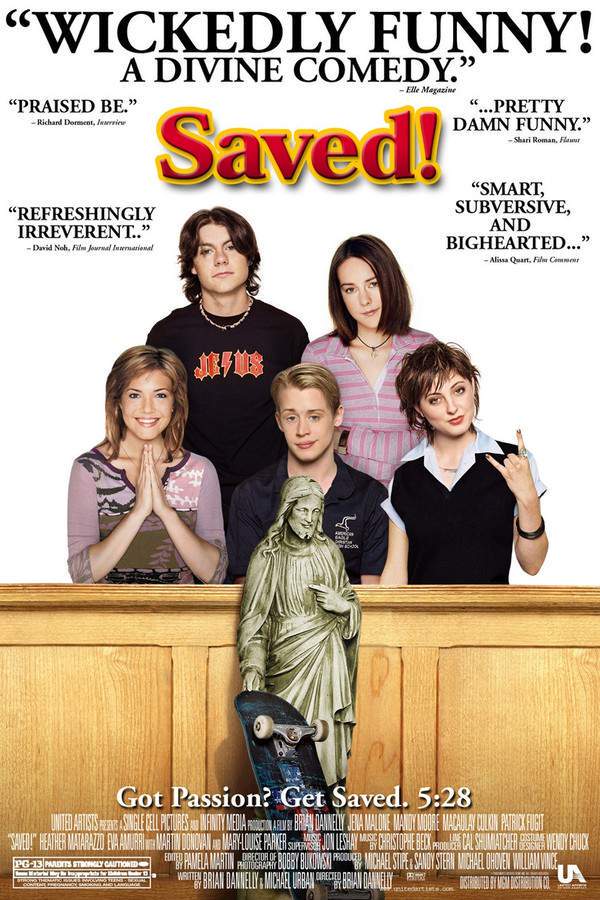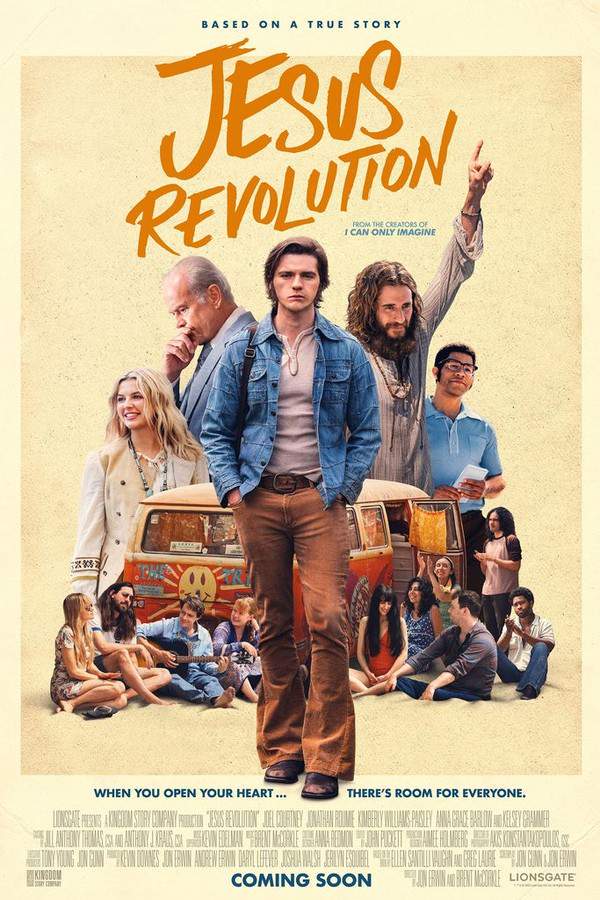
Gopala Gopala
Year: 2015
Runtime: 153 mins
Language: Telugu
Director: Kishore Kumar
Gopala Rao, an atheist, finds himself in the midst of crises. When Govinda Hari enters his home, Rao’s life changes in miraculous ways.
Warning: spoilers below!
Haven’t seen Gopala Gopala yet? This summary contains major spoilers. Bookmark the page, watch the movie, and come back for the full breakdown. If you're ready, scroll on and relive the story!
Gopala Gopala (2015) – Full Plot Summary & Ending Explained
Read the complete plot breakdown of Gopala Gopala (2015), including all key story events, major twists, and the ending explained in detail. Discover what really happened—and what it all means.
Kanneganti Gopala Rao is introduced as an atheist-leaning, sharp-witted businessman who nonetheless leads a life anchored in superstition-free pragmatism. He runs a modest shop that sells idols of Hindu gods and shares his life with his deeply devout wife Meenakshi and their school-aged son Moksha. The couple’s world briefly collides with the pull of faith and ritual when Gopala Rao disrupts a dangerous ceremony conducted by the conniving Godman Siddheswar Maharaj, a move that draws a full-bore threat from the self-styled holy man. The clash between disbelief and religious theater sets the tone for a tale that examines belief, power, and accountability in a society yoked to tradition.
A catastrophic turn of events follows: an earthquake destroys the shop, which lies heavily mortgaged and burdened with debts. The insurance company refuses to pay, dismissing the disaster as an “Act of God,” leaving Gopala Rao financially wrecked. He attempts to liquidate the land on which his shop stood, only to learn that the site is deemed “impure” after the idols are found shattered. In that moment of crisis, the family’s faith in concrete outcomes is tested as much as their faith in the divine. Out of desperation, Gopala Rao resolves to sue God itself, a move that startles his wife and baffles seasoned legal minds. Yet he persists, discovering an ally in Akbar Khan, a once-disabled lawyer who agrees to take the case under a constitutional provision that allows self-representation when no attorney is available. This alliance marks a radical rethinking of justice in a country that recognizes the limits of the law and the power of conscience.
In court, Gopala Rao names the archetypal figures of faith—Leeladhara Swamy, Siddheswar Maharaj, and Gopika Matha—as stand-ins for God, a bold strategy that reframes the entire discourse from a personal grievance into a collective indictment of fraudulent belief systems. The courtroom becomes a theater where faith, science, and the Law intersect, and where every line of argument is a tiny challenge to inherited certainties. Yet the path is anything but smooth. Gopala Rao’s bold stand attracts fierce opposition from the backers and followers of the godmen, who threaten, physically attack, and attempt to intimidate him as the proceedings move forward.
Into this charged scenario steps Govinda Gopala Hari, a figure who appears as a common man but is really Lord Krishna in disguise. The revelation comes with a dramatic rescue: Hari pulls Gopala Rao from danger and brings him home, injecting the legal battle with a mythic dimension while also offering practical support. Hari’s intervention goes beyond mere rescue; he purchases the mortgaged house that had become out of reach and provides financial backing until the case reaches its conclusion. This celestial-turned-legal helper complicates the narrative, blending divinity with civic responsibility in a way that invites the audience to reconsider what it means to intervene in a world of human turmoil.
As Gopala Rao’s public profile rises through television appearances, he becomes a focal point for those who have suffered under the same “Act of God” label—insured individuals who were denied compensation, ordinary people who feel abandoned by the systems meant to protect them. Their solidarity swells into a chorus that questions the integrity of religious authorities and the institutions that enable them. The courtroom becomes a battleground where even Mullahs and Catholic priests show up to contest the narrative, joining forces with the godmen against a system that seems to reward superstition over accountability. The defense counsel, Shankar Narayana, demands concrete proof that a divine hand caused the shop’s destruction, pushing Gopala Rao to gather evidence that transcends magical thinking and engages with the material world.
Throughout this legal and social odyssey, Hari guides Gopala Rao toward a broader, more inclusive spirituality. He urges the learned seeker to study religious texts from multiple traditions—the Bhagavad Gita, the Bible, and the Quran—and to recognize that the divine can both create and destroy for reasons beyond human comprehension. The narrative steers toward a pivotal moment when Gopala Rao, just before presenting his case, is stabbed by a follower of the same godman who tried to bend reality to his will, and he slips into a coma. The drama deepens as Leeladhara Swamy manipulates events to push toward a tragic conclusion, arranging for Gopala Rao’s death with medical help. It is here that Hari reveals his true nature, stepping beyond myth to disclose a cosmos where divine purpose is not to crush but to awaken.
The awakening is transformative. Gopala Rao learns that he has won the case and that compensation is awarded to all affected, yet the victory is not a simple one. The godmen propagate a dangerous myth—that Gopala Rao is a divine messenger, a figure who must be worshiped rather than a man who stood up for justice. The idea distorts the truth that the people must trust in the God within themselves and in one another, not in objects or official miracles. In the wake of this propaganda, Leeladhara Swamy proclaims a dream-vision in which Gopala Rao predicts his own death on Vijayadasami, echoing stories of saints and martyrs and feeding a new cult-like atmosphere around the courtroom’s winner.
To dispel the superstition, Gopala Rao and Hari confront the public outside the hospital and refuse to bow to the manufactured myth. Hari rises into the sky, a final act that seals the story’s message: the divine lives in people, not in talismans or temples. Among scattered personal tokens, Gopala Rao finds a keychain that once belonged to him. When he tries to keep it, Hari’s voice, echoing from the heavens, instructs him to throw it away, warning that clinging to objects will lead him toward worship of things rather than people. In a quiet, resolute finale, Gopala Rao discards the symbol and rebuilds his life with Meenakshi, Moksha, and their family—stitching back a sense of trust, community, and a renewed understanding of what it means to be truly faithful.
Notes on cast and character attributions:
-
Kanneganti Gopala Rao is the central figure around whom doubt, faith, and justice collide.
-
Meenakshi remains Gopala Rao’s devoted spouse, anchoring the emotional core of the story.
-
Siddheswar Maharaj and Leeladhara Swamy are the primary antagonists whose actions catalyze the drama.
-
Govinda Gopala Hari serves as the divine ally who embodies faith’s redemptive potential.
-
Akbar Khan, the disabled lawyer, embodies perseverance and the constitutional spirit of self-representation.
-
Shankar Narayana provides the legal counterpoint whose demand for proof sharpens the narrative’s inquiry into proof, belief, and accountability.
-
Gopika Matha is named among the self-styled Godmen, representing the religious construct this case questions.
-
Rambabu, Gopala Rao’s Uncle, and Gopala Rao’s Brother-in-Law appear in supporting roles that underscore family ties and community pressures in times of crisis.
-
Anisha Ambrose appears in the film’s journalism thread, reflecting how media and public opinion shape perceptions of justice and belief.
This retelling keeps the core events intact while rephrasing them for clarity and readability, preserving the original narrative’s emphasis on challenging superstition through reason, solidarity, and personal growth.
Last Updated: October 09, 2025 at 15:54
Explore Movie Threads
Discover curated groups of movies connected by mood, themes, and story style. Browse collections built around emotion, atmosphere, and narrative focus to easily find films that match what you feel like watching right now.
Movies with divine intervention like Gopala Gopala
Stories where celestial beings meddle in human affairs to restore faith and justice.If you enjoyed the miraculous help from Govinda Hari in Gopala Gopala, you'll like these movies where gods or divine figures meddle in human lives. These films blend fantasy, drama, and comedy, often featuring a jaded protagonist who redisovers faith through extraordinary events and uplifting outcomes.
Narrative Summary
The narrative pattern typically centers on a cynic, atheist, or individual in crisis whose life is upended by the arrival of a benevolent supernatural force. This intervention sparks a journey that involves confronting human corruption or injustice, leading to a public or personal victory that reaffirms hope and the power of belief, often in a very personal form.
Why These Movies?
Movies in this thread are grouped by their core premise of a divine helper catalyzing change. They share a hopeful tone, a steady pacing that builds towards a significant climax, and a mix of dramatic human conflict with whimsical or miraculous elements, resulting in an empowering and spiritually uplifting experience.
Movies about cynics finding faith like Gopala Gopala
Personal journeys from hardened skepticism to a renewed, personal sense of belief.For viewers who liked Gopala Rao's journey from atheism to belief in Gopala Gopala, this section features films about cynical protagonists undergoing a spiritual or philosophical awakening. These stories explore themes of self-discovery against a backdrop of crisis, culminating in a hopeful and empowering resolution.
Narrative Summary
These stories follow a predictable but satisfying arc: a protagonist who defines themselves by their rational disbelief faces a crisis that logic cannot solve. Through a series of challenges, often involving a mentor figure or inexplicable events, they are gradually led to a new understanding that incorporates faith, trust, or a higher purpose, resulting in a happier, more fulfilled life.
Why These Movies?
These films are united by the powerful central theme of a skeptic's transformation. They share a medium emotional weight, balancing serious dramatic stakes with a fundamentally hopeful tone. The pacing is steady, methodically charting the character's internal shift from doubt to a new, personalized conviction.
Unlock the Full Story of Gopala Gopala
Don't stop at just watching — explore Gopala Gopala in full detail. From the complete plot summary and scene-by-scene timeline to character breakdowns, thematic analysis, and a deep dive into the ending — every page helps you truly understand what Gopala Gopala is all about. Plus, discover what's next after the movie.
Gopala Gopala Timeline
Track the full timeline of Gopala Gopala with every major event arranged chronologically. Perfect for decoding non-linear storytelling, flashbacks, or parallel narratives with a clear scene-by-scene breakdown.

Characters, Settings & Themes in Gopala Gopala
Discover the characters, locations, and core themes that shape Gopala Gopala. Get insights into symbolic elements, setting significance, and deeper narrative meaning — ideal for thematic analysis and movie breakdowns.

Gopala Gopala Spoiler-Free Summary
Get a quick, spoiler-free overview of Gopala Gopala that covers the main plot points and key details without revealing any major twists or spoilers. Perfect for those who want to know what to expect before diving in.

More About Gopala Gopala
Visit What's After the Movie to explore more about Gopala Gopala: box office results, cast and crew info, production details, post-credit scenes, and external links — all in one place for movie fans and researchers.






